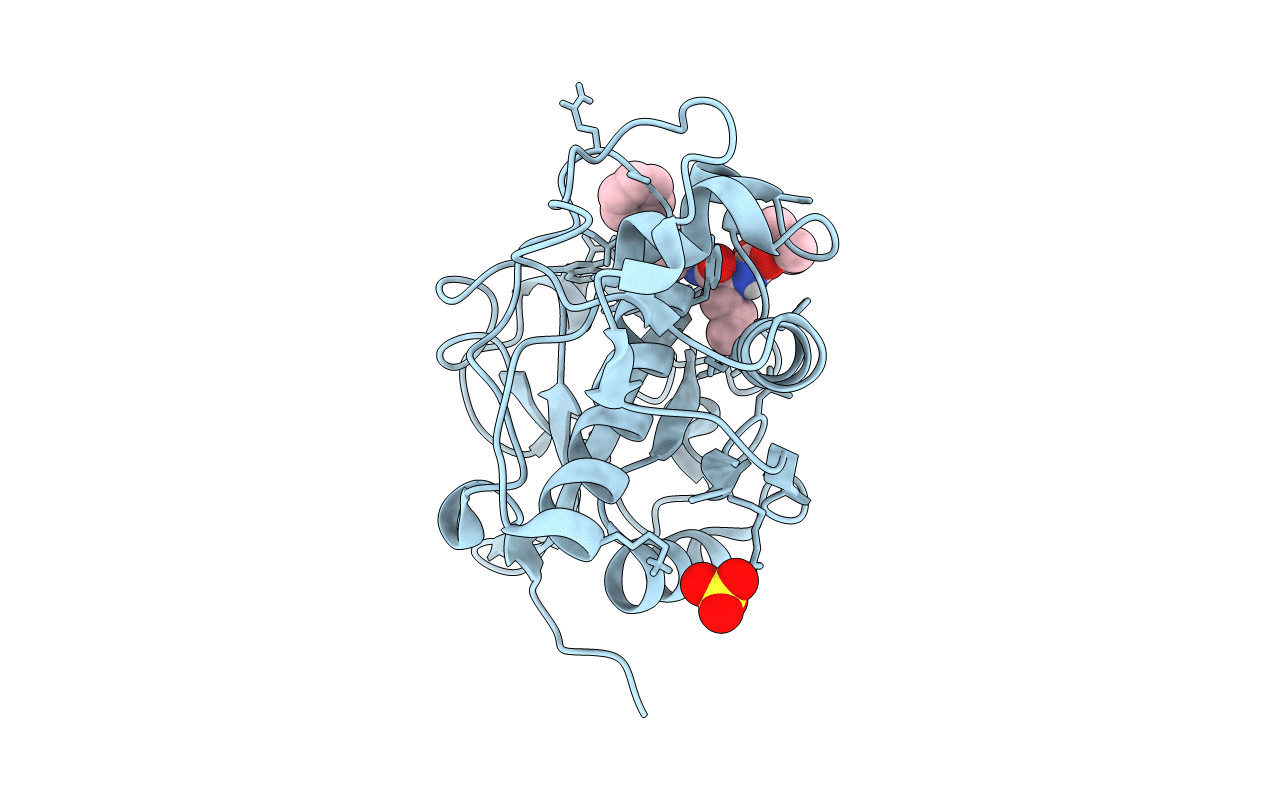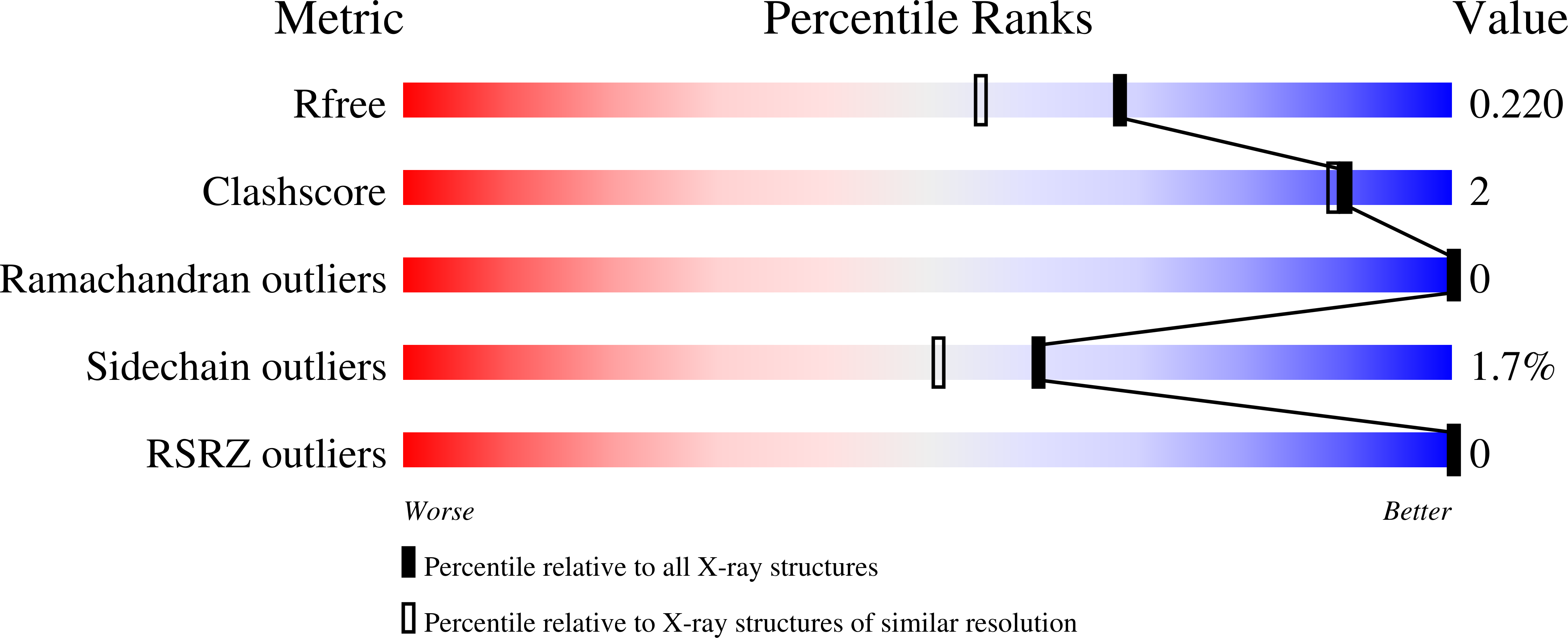
Deposition Date
2021-03-18
Release Date
2021-09-08
Last Version Date
2024-11-06
Entry Detail
PDB ID:
7NXL
Keywords:
Title:
Structure of human cathepsin K in complex with the acrylamide inhibitor Gu3110
Biological Source:
Source Organism:
Homo sapiens (Taxon ID: 9606)
Host Organism:
Method Details:
Experimental Method:
Resolution:
1.80 Å
R-Value Free:
0.20
R-Value Work:
0.17
R-Value Observed:
0.17
Space Group:
P 2 21 21


